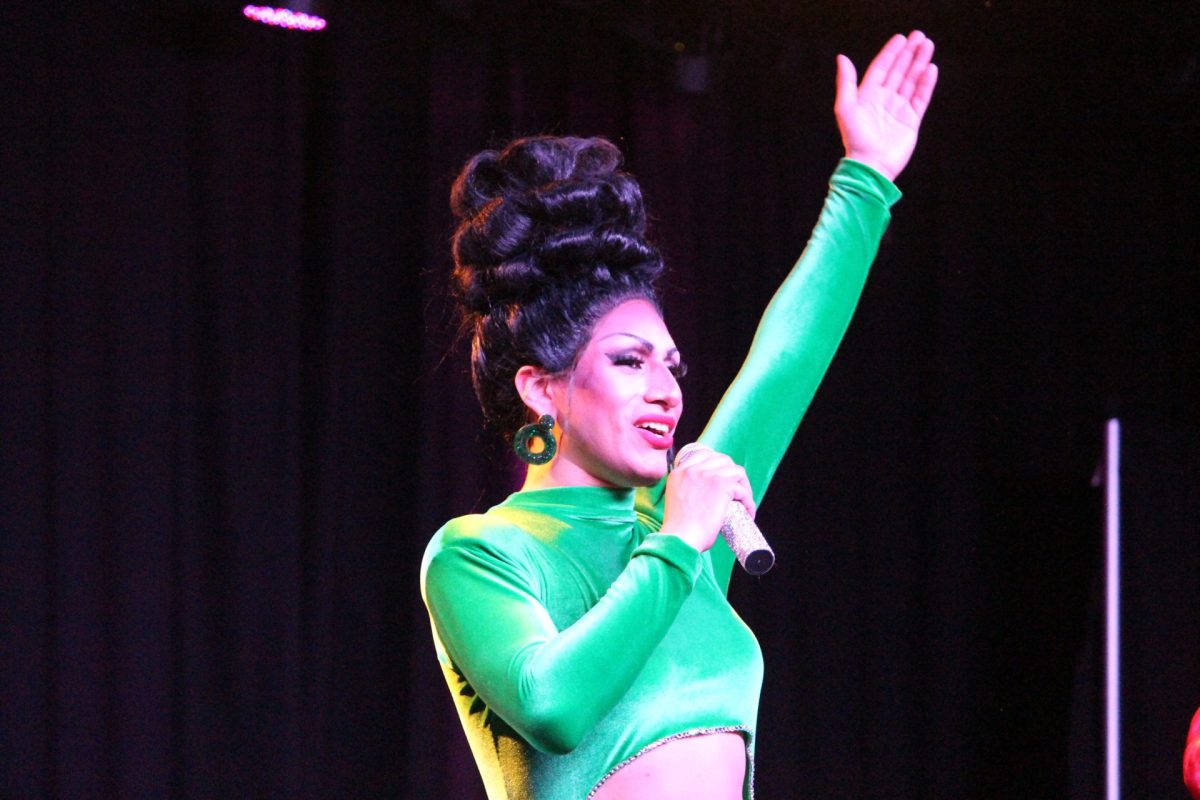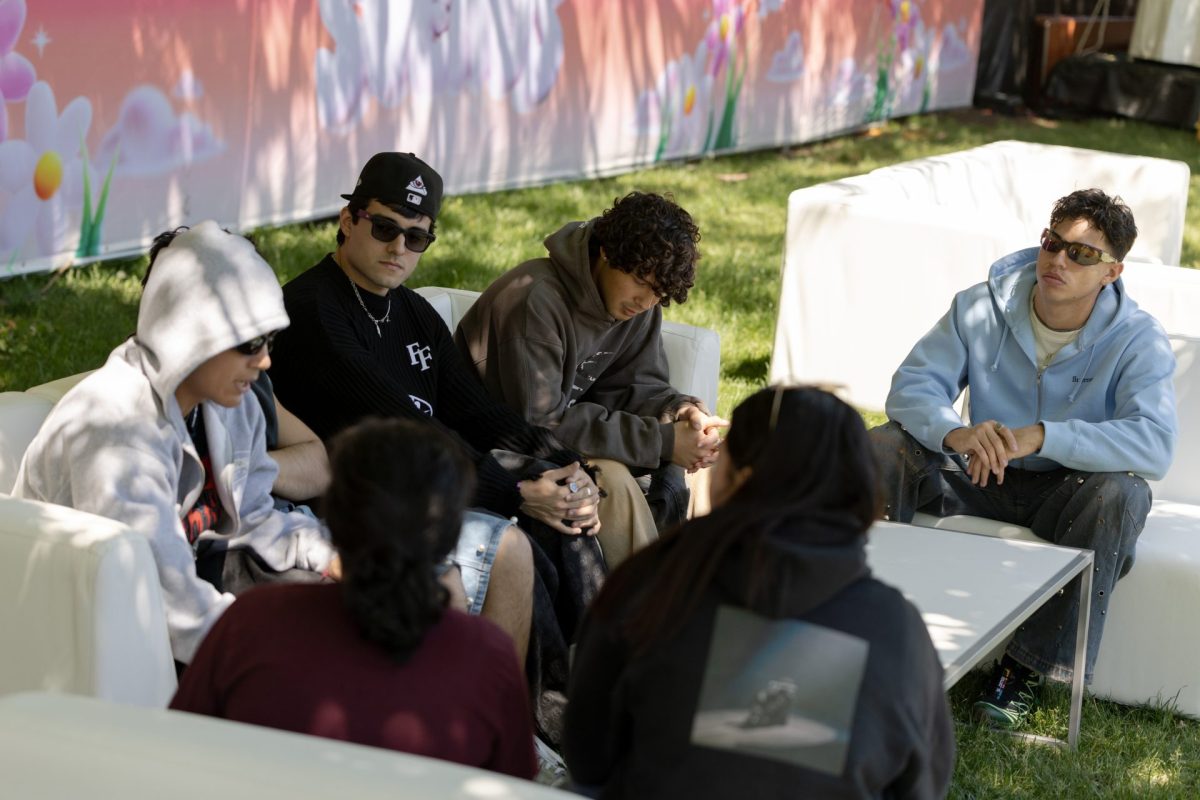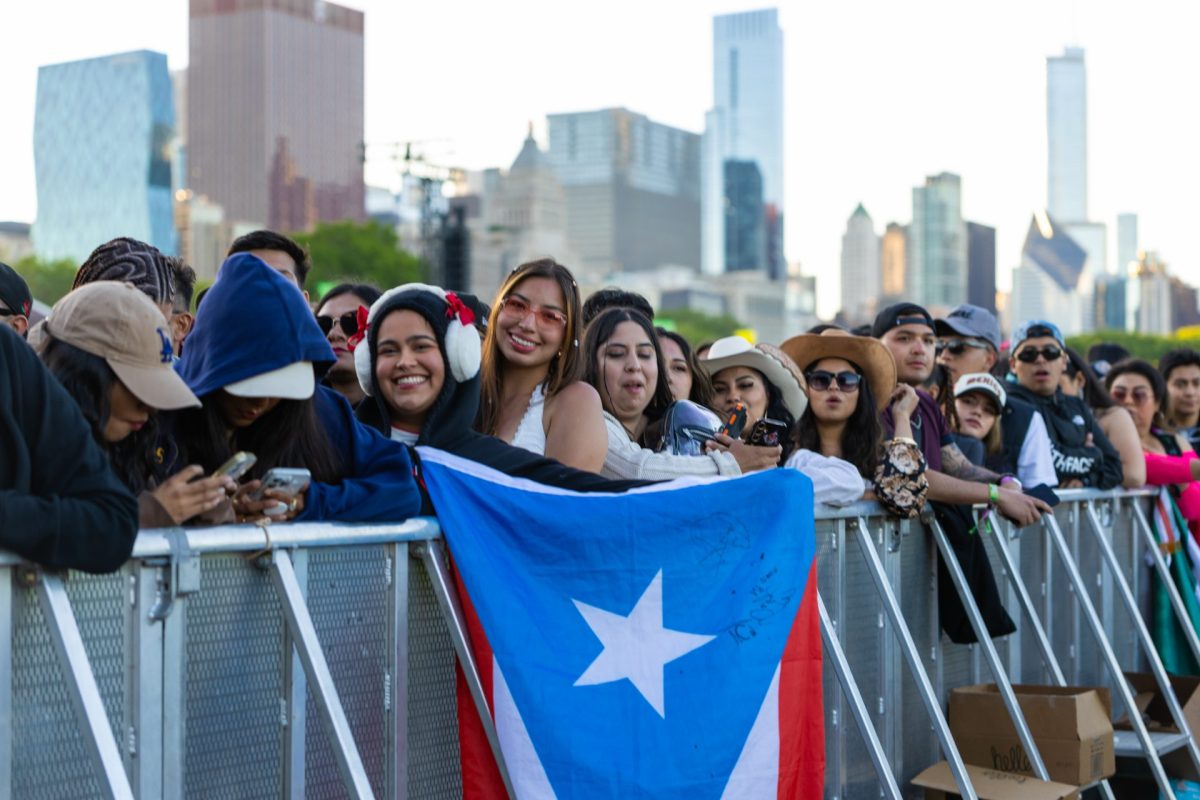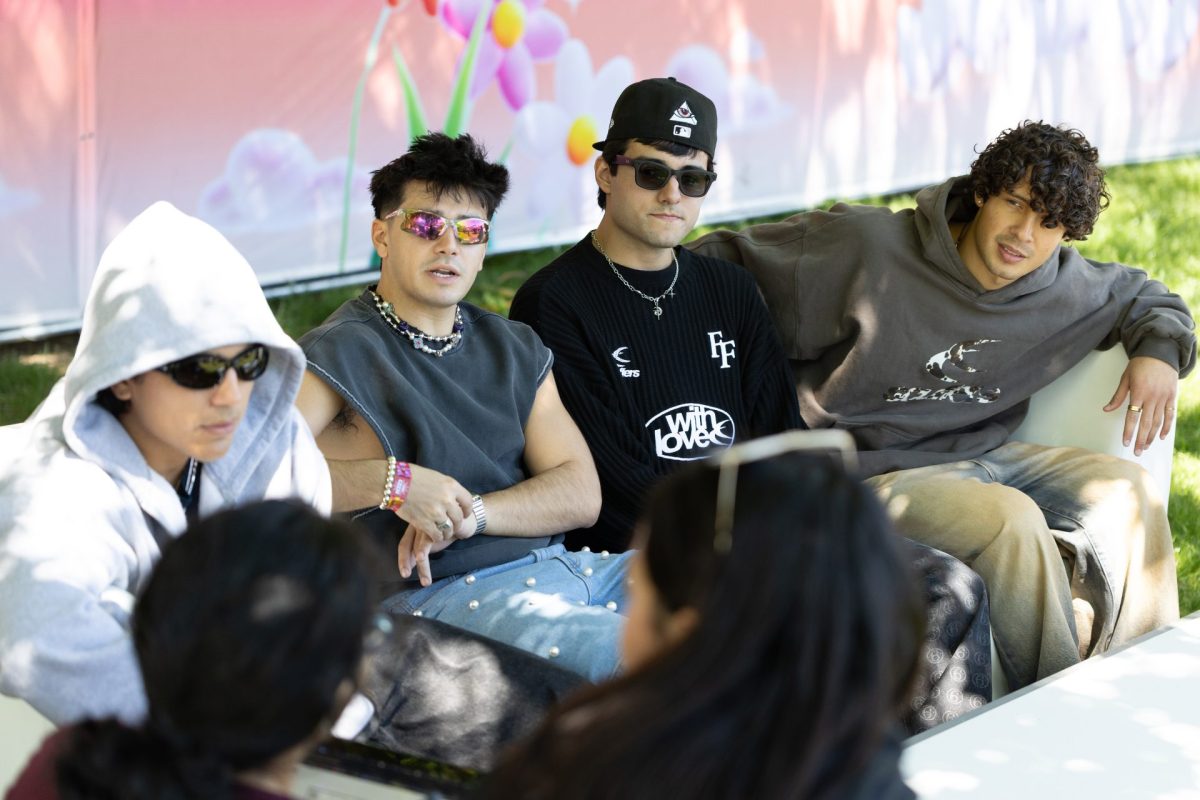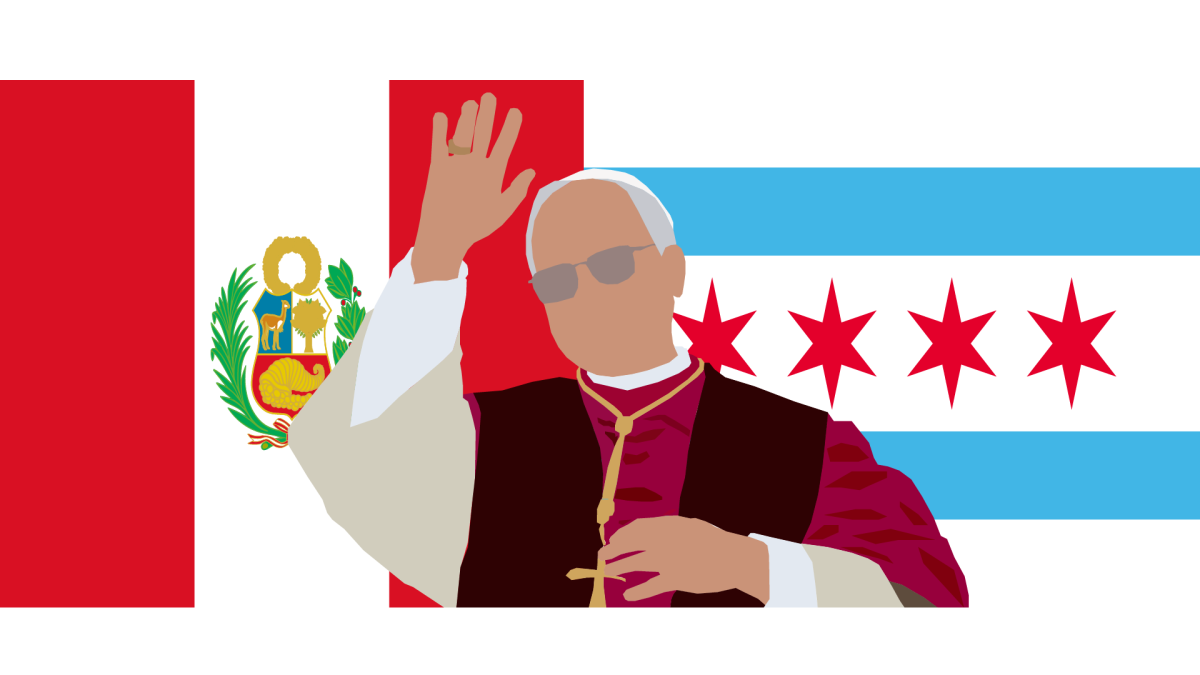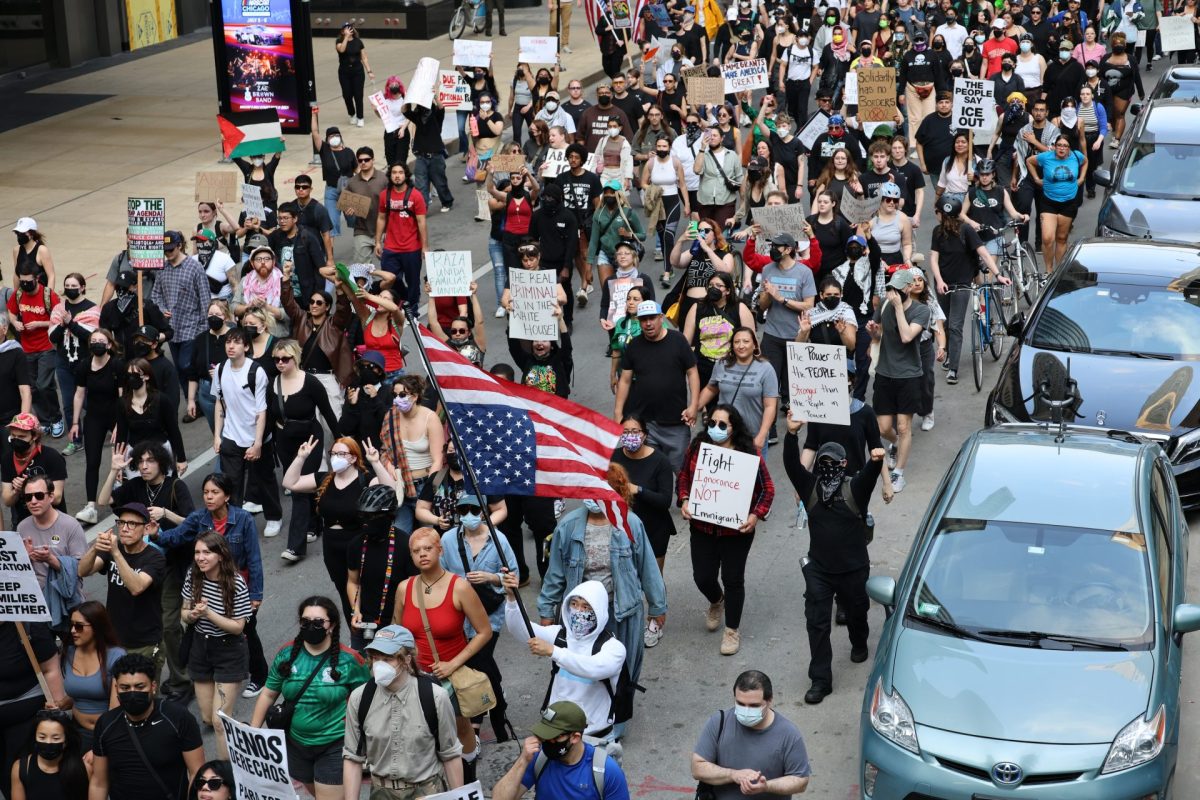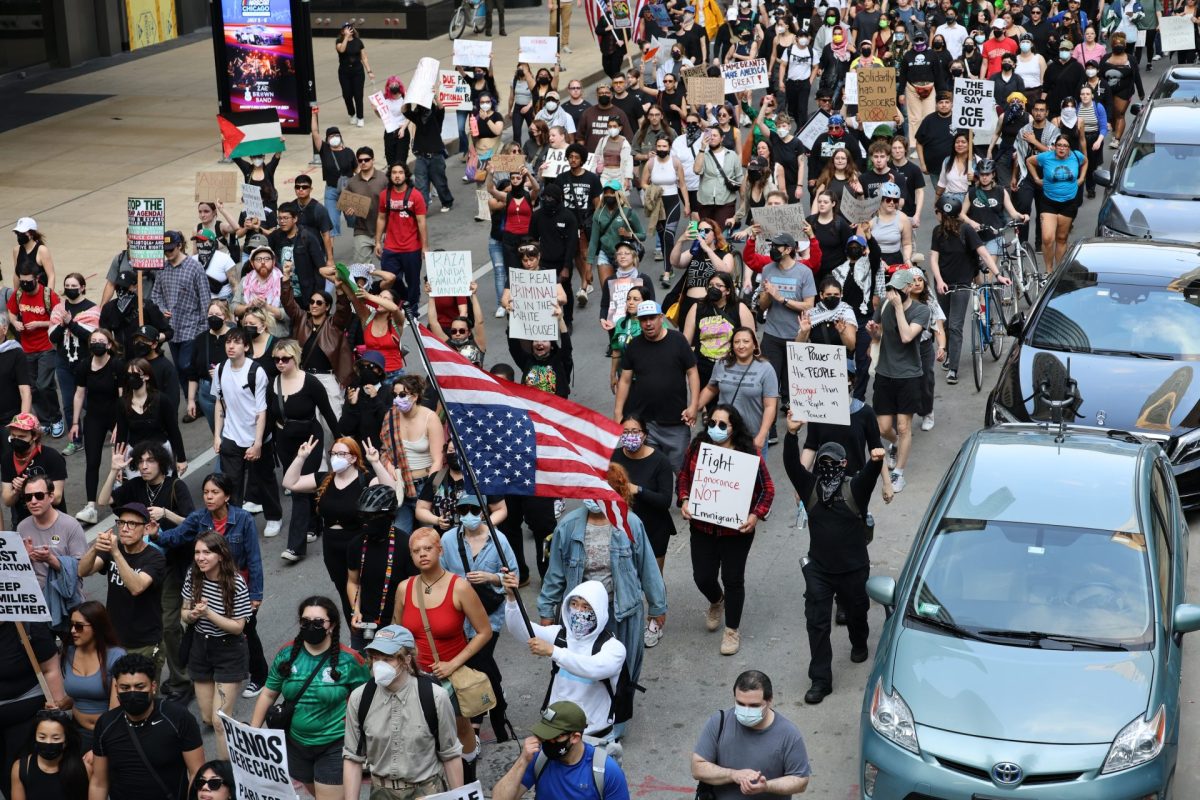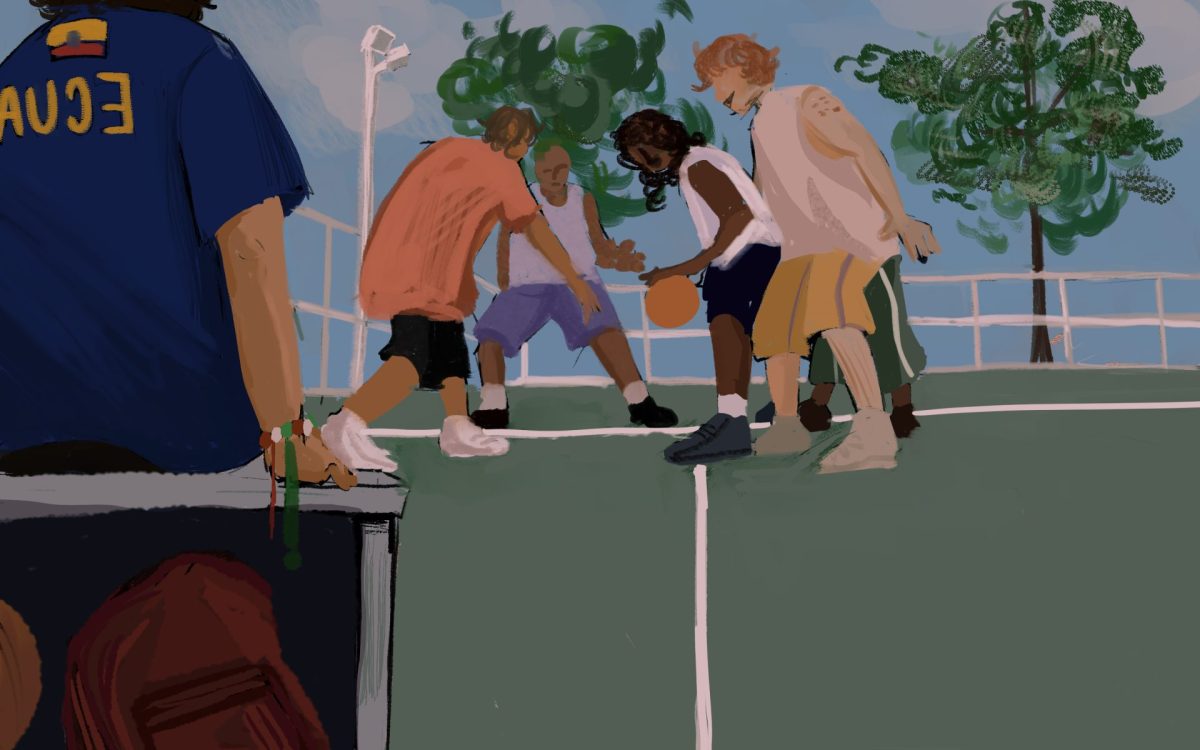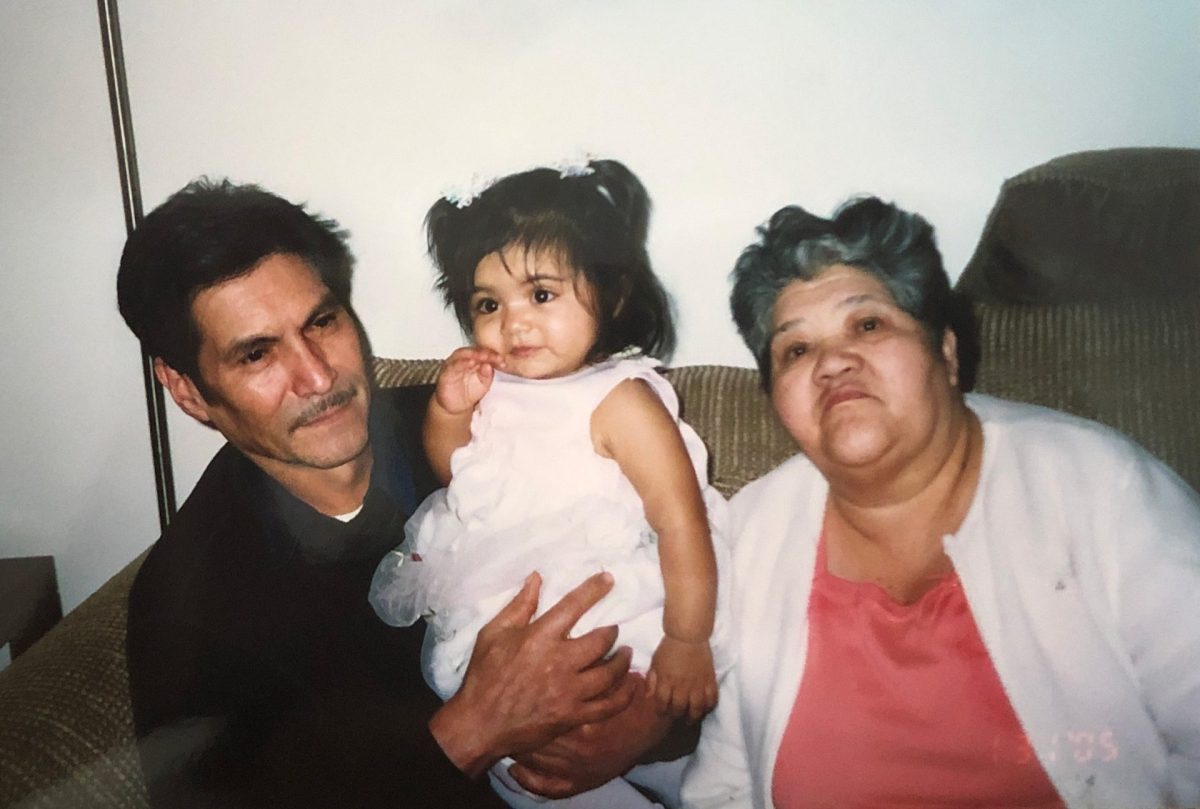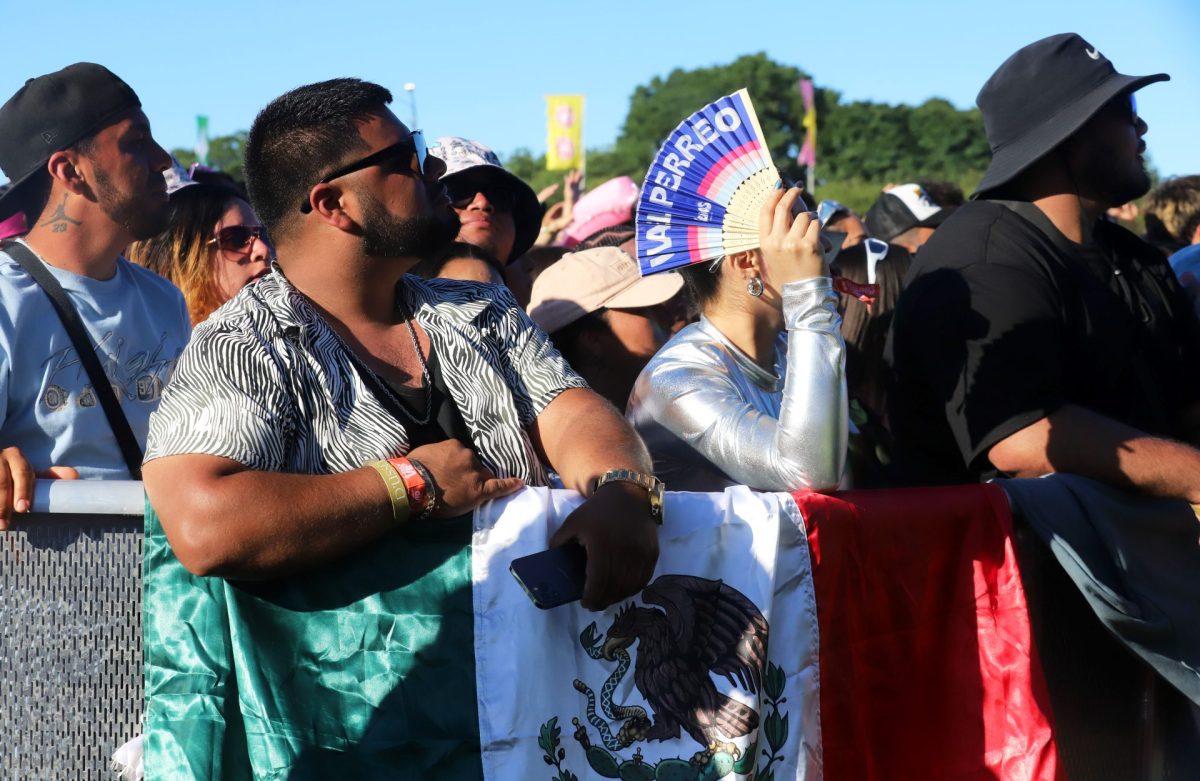Venus Carangi recalls the moment she came out to her mother in 2005 when she was just 16. Standing in the laundry room, she mustered up the courage to tell her mother that she was bisexual.
Without a moment’s hesitation, Carangi’s mother gave her a warm and loving hug.
“Me asustaste (You scared me). Pensé que era algo grave (I thought it was something serious),” her mother said, arms still wrapped around Carangi. “Te quiero (I love you). Siempre vas a ser mi hijo (you are always going to be my child).”
Her mother’s reaction was similar when Carangi first told her that she’s a drag queen.
“Si te hace feliz, te apoyaré (If it makes you happy, I’ll support you),” her mother said.
The first time she saw Carangi in drag she said “¡Te ves igual que yo (you look just like me)! Eres hermoso (you are beautiful).”
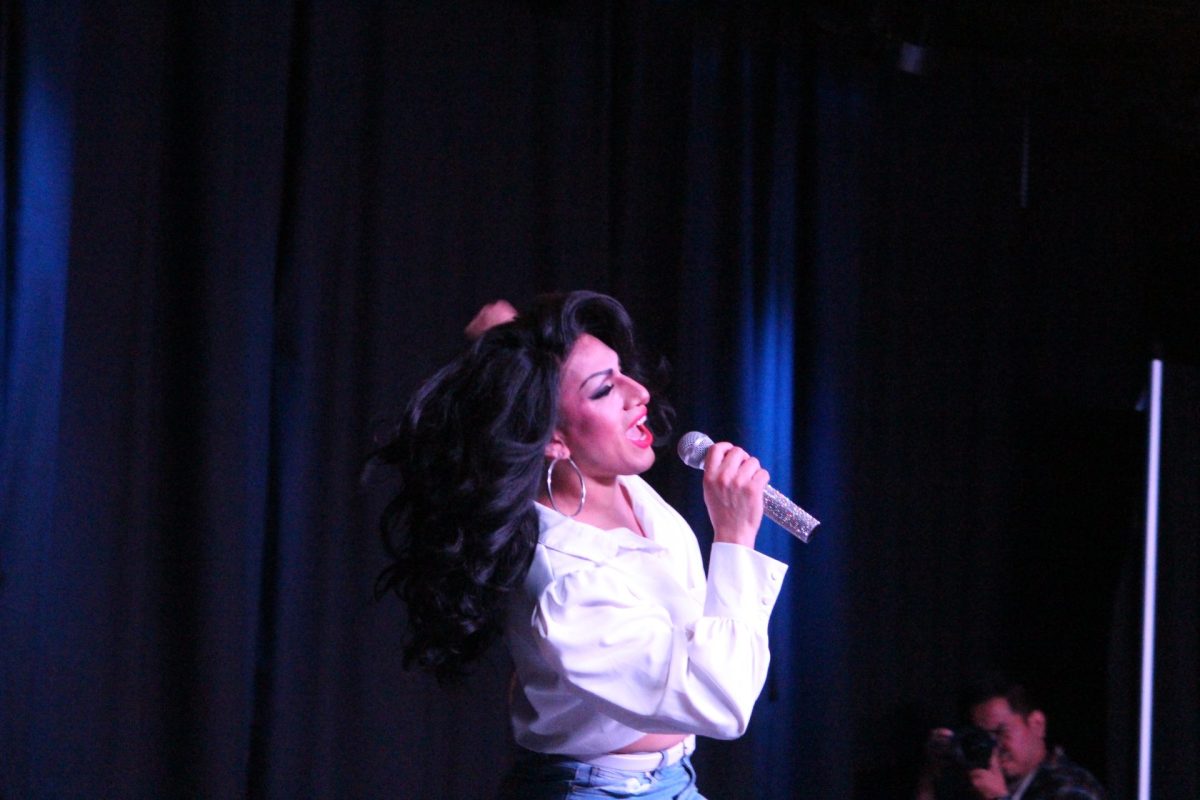
Carangi, now 35, has been doing drag for over 16 years. She holds five crowns won at various regional pageants. She was one of 10 queens featured on the first season of Drag Latina, a reality competition series similar to RuPaul’s Drag Race, that premiered Oct. 16, 2022, on Revry. Additionally, she performed at the Selena Tribute Concert at Millennium Park – two years in a row – in front of an audience of over 12,000.
For over half a decade, Carangi has also performed at another Selena tribute concert hosted by the Museum of Mexican Art: “Bidi Bidi Boom Boom.” Carangi values the opportunity to portray Selena.
“This event represents our culture and an icon that was very successful, being Latina in the American world,” Carangi said. “Being able to [perform] in the space is amazing – especially with Latinos, to accept us as drag queens.”
While Carangi loves performing at events such as this, the most important shows to her have been the ones she has performed in non-Latine spaces. Places with a predominately white cast and white music are where she finds it the most necessary to mix in something Spanish, she said.
“Venus brought a totally new face to drag queens within the Latino community as she became more extravagant with her drag,” said La Mas Mejor, one of Carangi’s drag mothers. “She didn’t want to be a beauty queen. She wanted to express art.”
As of this year, Carangi has worked at almost every bar in Boystown.
“Back in the day we only had certain spaces where we used to perform Latino music, which was in the Southside of Chicago,” La Mas Mejor said.
While there are still places in Boystown that don’t feature Spanish music, La Mas Mejor said that she has seen the neighborhood change in recent years.
“I see [Carangi] in places in Boystown that, in my time, I wouldn’t think that they would play Spanish music,” La Mas Mejor said.
Carangi was 19 when she first performed in drag. At the time, she was a graphic design student working for an 18-plus bar, creating their event posters. She had arranged a performance with 12 drag queens for the nonprofit HIV prevention organization, Project VIDA. Eight of the performers canceled the day of.
Carangi frantically began to call all her contacts to find replacements. She was only able to get two more. Then and there, Carangi realized she would need to perform – it was something she owed to Project VIDA, the organization that helped her come to terms with her own identity.
She reached out to Chicago drag queen, Liyah, who agreed to help Carangi prepare for her performance.
“Bring clothes, I have the wings and makeup,” Liyah said.
She sat Carangi down to do her makeup. During each step, Carangi would ask Liyah questions about the products and techniques she used. At each pause, Carangi would take a peek at herself in the mirror.
Liyah would later become Carangi’s first drag mother. With no planned music, choreography or a drag name, Carangi stepped on stage in a jean jacket, little pink bra, a skirt and black leggings.
“I never imagined myself doing drag…It was a new experience, a new world – seeing me for the first time in drag with a wig and lashes,” Carangi said. “Before, I was even nervous to do something like that.”
That night, she joked with friends at the bar that this would be her one and only show. It, of course, wasn’t. Years later, she has become a mentor herself, guiding other up-and-coming drag queens.
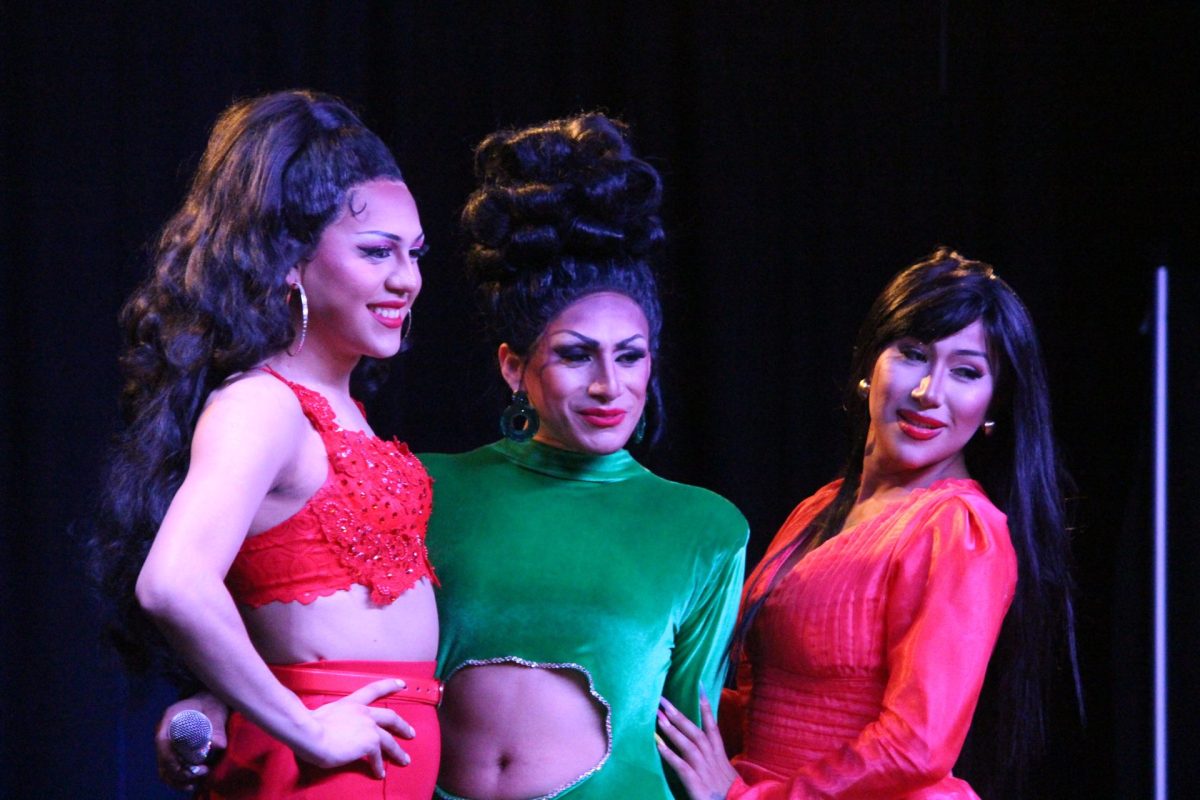
“There are so many talented individuals that don’t really get a lot of spotlight in Chicago,” Carangi said. “When I have the opportunity to give it to them, they’re appreciative and they’re able to blossom and push themselves to be entertainers. That’s something that I want to give back.”
Carangi’s drag daughter, Stargirl, messaged her on Instagram, asking for advice when she was first starting out.
Stargirl recalls being invited to watch Carangi’s drag shows to experience the culture.
“I’ve known her since I started drag, which is about eight years now…She would let me borrow costumes and stuff like that,” Stargirl said. “She helped me in the beginning. Not just me, she’s helped a lot of baby queens along the way.”
Carangi says that becoming a drag queen has allowed her to give back to others what drag has given to her.
“People always feel like they have to do something big, like be a doctor, scientist or lawyer,” Carangi said. “For me, I just want to live my life happy, while I’m alive. I just really want to be happy. Drag has brought me so much joy. It allows me to do what I love to do.”


